 The first time I went to Maui, I remember the soft ocean wind perfumed with plumeria blossoms blowing through the open walkway in the airport. That was the first welcome. Then, walking outside to pick up our suitcases, we came to a sudden stop, transfixed. Completely covering the small patch of grass in front of me were hundreds of saffron finches. These small birds with strong yellow color were all bouncy and lively.
The first time I went to Maui, I remember the soft ocean wind perfumed with plumeria blossoms blowing through the open walkway in the airport. That was the first welcome. Then, walking outside to pick up our suitcases, we came to a sudden stop, transfixed. Completely covering the small patch of grass in front of me were hundreds of saffron finches. These small birds with strong yellow color were all bouncy and lively.
I fell to my knees partly because I was overwhelmed by such a beautiful gift, and partly because I wanted to see them really close up. I quickly bought a bird book, “Birds of Hawaii,” and I was on the lookout everywhere, all the time. I saw many unusual and stunning birds.
When I returned home, I ran to the Placerita Canyon Nature Center and tried to share the wonder of seeing this flock of saffron finches. I was met with a stern face. “Do you understand the problem that Hawaii does not have native birds any more? All those are introduced birds, and their local bird population is reduced to just a few specimens.”

Red-crested cardinal
I was taken aback. How I could insist on sharing the wonder I felt seeing my first red-crested cardinal on a beach, coming to eat some crumbs I was throwing to it? It is a beautiful bird, and I would never see it again, but – there it is; it was an introduced bird in 1930.
I have experienced the same approach with plants. Many people appreciate natives and think non-natives should be removed.
In the native plant groups on Facebook, one should be careful to send only native plant photos for identification. That is totally understandable; they know their business, and they deal with native plants only. It is their specialization. Do your best to send only photos of native plants (if you have some idea whether you have one or another).
In your garden, you have a choice to plant native or non-native plants, but as a reminder, birds will always eat the seeds of native trees, so “native” should be your first choice if feeding the wildlife is important to you. A toyon is a good addition to a garden; nice foliage and red berries.

Bottlebrush
In our California garden, many flowering plants come from Australia, and the local birds seem to have adapted to them. One example that comes to mind is the bottlebrush or Callistemon with the red blossoms that bloom for such a long part of the year. Hummingbirds use the pollen, and I think other birds might eat insects hovering around the trees because when those are in bloom in my garden, I see a wider variety of birds than at other times of the year.
It is true the non-native grass has changed the landscape in California. Native grass stays green the year around, and California, as first seen by the Spanish conquistadors, was “a sea of green.” When European grass was introduced and the immigrants came to California, the color of the landscape quickly changed because the European grasses took over. Now we are a “sea of gold” – not so bad, but it was not the original picture.
Sometimes a non-native plant can really be very destructive. This is the problem with tamarisk.
Tamarisks are lovely trees with pink blossoms that are popular in Mediterranean countries – countries where the rainfall is much greater than in Santa Clarita, and therein lies the big problem.

Tamarisk
The seeds of the tamarisk are light and fly easily in the wind. Once the tree develops, it draws a great deal of water from the ground. If it is in the middle of your lawn, it will do fine, and your water bill will increase. But what if it reproduces in the river bed?
This is what is happening in our valley. There is no water in the river bed for other plants and animals, but there are many tamarisks out of control, taking root in the river bed and drinking all of the water they can from the underground water reserve. The roots are long and efficient to do their job. That is one example of a non-native plant that is a problem for the environment.
On the other hand, sometimes non-native is not just acceptable, but even advantageous. I have a friend at the Nature Center who comes from South America, and she would become nervous every time we would reach the burning topic of “native and non-native” during docent training. I am from France, so she would share with me, “I have the feeling they are talking about us, and it is making me uncomfortable.” My answer was, “Do not worry, we are non-natives like the eucalyptus.”
Here is that story of a good non-native.
Eucalyptus trees are all around us, but they originally came from Australia. Should they all be removed? No – and do you know why? Because the monarch butterflies need eucalyptus groves to spend the winter. They do not use any other tree. What about that for a perfect adaptation? Monarchs are native, but they use a non-native tree to their advantage.
Eucalyptus trees have a bad reputation. They are called “widow makers” because their large branches are known to fall at the most inconvenient times. The oil in the leaves often prevents much growth of vegetation under the tree, and they burn fast, which is not ideal in California where fires are natural events about every 10 years. The bark strips on the trees might have precipitated the intensity of the Oakland firestorm in 1991.

Frank C. Havens
How did the eucalyptus come to California? The Gold Rush started in 1849, and there was a large demand for wood to construct buildings and provide fuel. Eucalyptus had become popular in Europe and northern Africa, and they are fast growers. The California Tree Culture Act was passed in 1868, created to encourage people to plant trees, so many farmers started to plant sycamores to protect their plantations from the wind. Ellwood Cooper became a vocal advocate for the eucalyptus and grew 200 acres of eucalyptus in Santa Barbara. Frank C. Havens was an Oakland developer who planted 8 million eucalyptus trees in a 14-mile-long strip from Berkeley though Oakland. Sadly, it was found that the wood was not suitable for building because it would break, crack, shrink or decay rapidly.
Today, millions of acres are covered by eucalyptus as forest, shade trees, in gardens, along roads and as windbreaks. Their oil is used for medical products (antiseptic, decongestant), food (cough drops), perfume and toothpaste. The eucalyptus roots can be invasive, and sprouts can grow back from a fallen tree stump.
The easiest characteristic to recognize are the flowers and the fruits from the gum tree. The fruits are sometimes call gumnuts. The capsules or woody small fruits are cone shaped and they open up at the end to release the seeds. Flowers have fluffy stamens but not petals; they can be white, pink, cream, yellow or red, depending on the tree species. When they are in bud, the stamen are enclosed in the operculum (made by sepals or petals). When they are open, all you see is a fluffy puff made of stamens and the large trees look especially beautiful when covered with blossoms. The smell of the foliage is also very specific, minty – how can I describe the smell of a eucalyptus? But be careful; the leaves are very poisonous to cats.
Eucalyptus are majestic trees that have become part of the landscape in California, for better or worse. Let’s face it: Eucalyptus can grow in places where not too many other trees can grow.
Although conifers grew in the mountains, the lowlands of Southern California were originally mostly treeless plains, broken up by some live oak and sycamores. I understand they are not the perfect tree for our environment, and the fire danger is definitely a big problem. However, I try to concentrate on the monarch butterflies that have adopted them to spend their winter along the coast and which decided to make the best of it.
It’s an interesting adaptation between natives and non-natives.
Evelyne Vandersande has been a docent at the Placerita Canyon Nature Center for 28 years. She lives in Newhall.

Toyon berries
Like this:
Like Loading...
Related






 Tweet This
Tweet This Facebook
Facebook Digg This
Digg This Bookmark
Bookmark Stumble
Stumble RSS
RSS





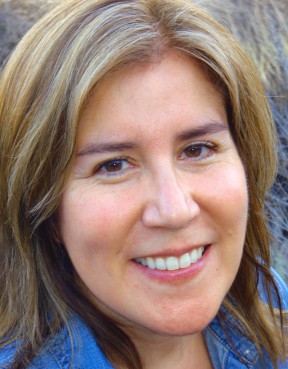

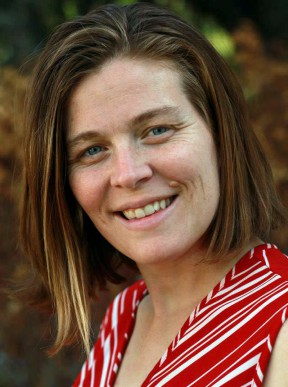
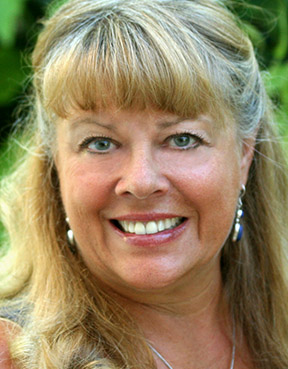

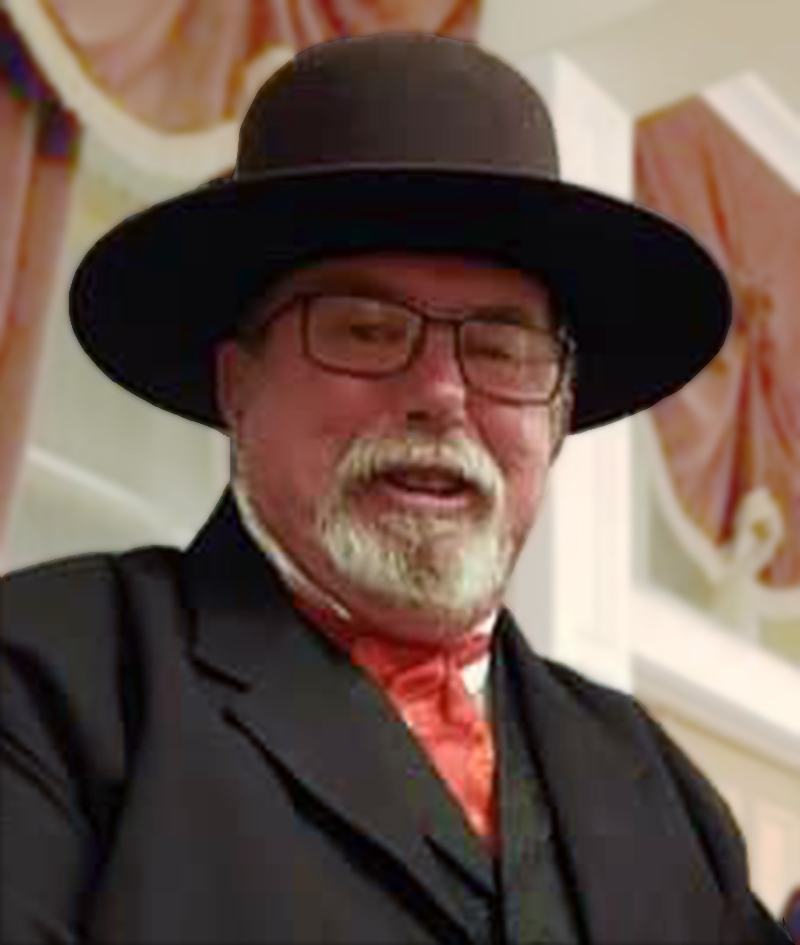


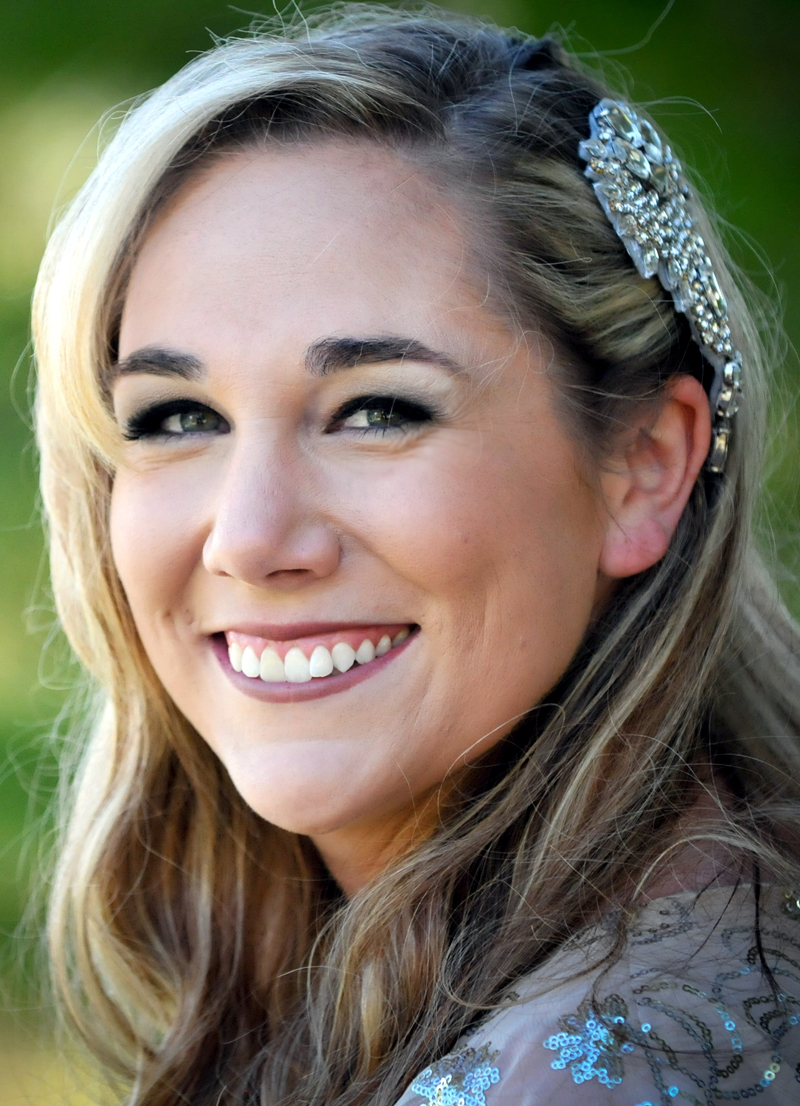































REAL NAMES ONLY: All posters must use their real individual or business name. This applies equally to Twitter account holders who use a nickname.
1 Comment
You are right about the Toyon berries and birds. Our Toyon bush is now almost considered a tree it has grown so much. The migrating birds stop by our house every year and feast on the native berries. They usually strip the fruit clean from the branches. They make quite a ruckus, all of the leaves and branches shaking while they are here. Then they leave for points unknown and return the following year.